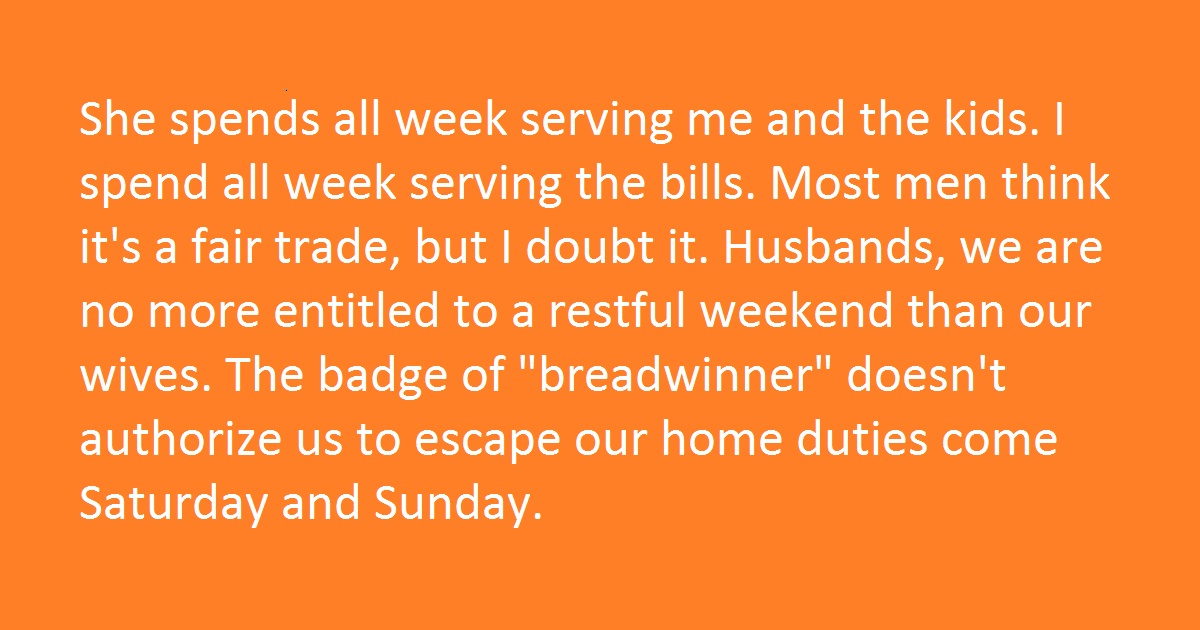Just like Boy Scouts, adults always need to be prepared.
But when it comes to thinking and planning ahead, there’s one thing that many people don’t think about: emergency preparation.
Although we all know that we should be prepared for emergencies, we often don’t think about the logistics until we really need to.
When we find out there’s a winter storm coming, people everywhere rush to the grocery store to stock up on fresh water, canned goods, and nonperishable items.
The problem with this method is that sometimes you get to the store and realize that all the cans of soup and gallons of water have already been purchased.
Instead of waiting for the next storm warning to rush to the grocery store, head out now and pick up the survival food items you need.
According to Ready.gov, “Following a disaster, there may be power outages that could last for several days. Stock canned foods, dry mixes and other staples that do not require refrigeration, cooking, water or special preparation. Be sure to include a manual can opener and eating utensils.”
Read on to find out the 16 most important survival foods you should always keep on hand!
Survival Food #1: Dried Fruit
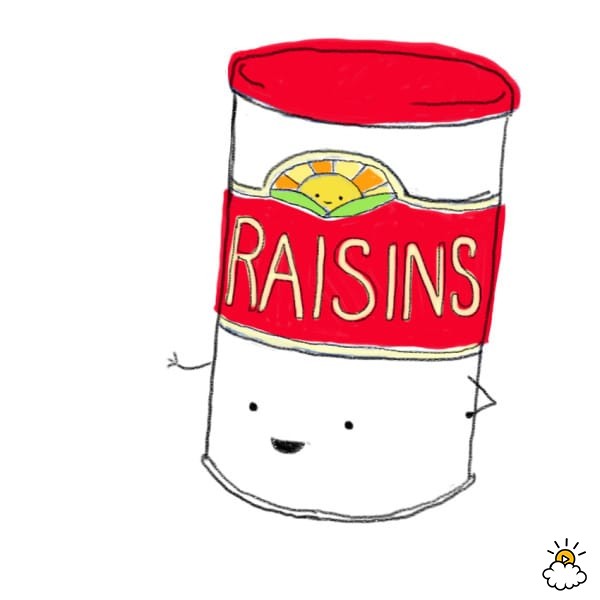
According to Real Simple, dried fruits are a great replacement for fresh fruit if that’s not an option.
Dried fruit provides necessary fiber and potassium, plus they’re a great sweet snack that can provide you with a good amount of calories and nutrients.
Survival Food #2: Canned Fruits And Vegetables
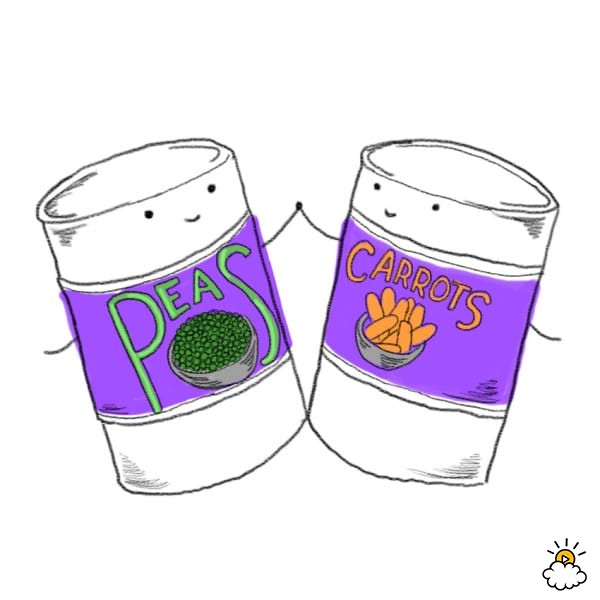
Canned fruits and vegetables can be eaten straight out of the can, and they provide essential nutrients that you would normally get from fresh fruits and veggies.
Survival Food #3: Peanut Butter
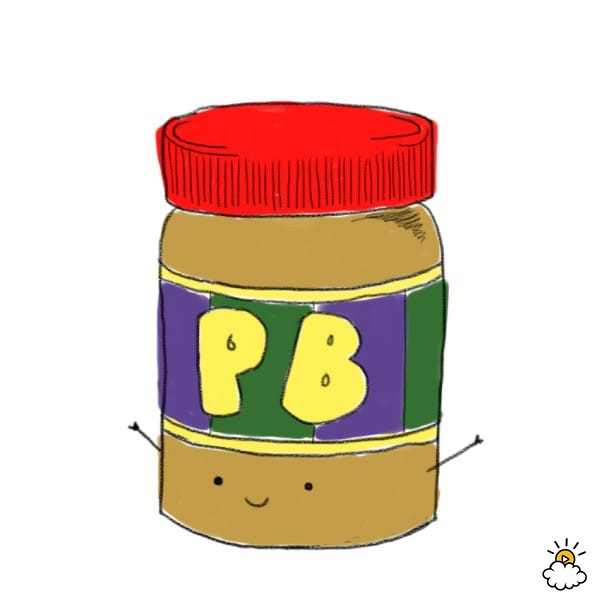
Peanut butter is necessary for your survival kit — it provides a great source of energy and has lots of healthy fats and protein.
Normally, you can keep peanut butter unrefrigerated, which makes it great for emergency snacks and meals.
Survival Food #4: Crackers

Crackers, while a great snack normally, is also really good for survival kits. They can replace bread for sandwiches, and they’re also good to munch on.
You should aim to get whole-wheat or whole-grain crackers, as they have more fiber than plain crackers.
You should consider vacuum sealing your crackers to prolong their shelf life.
Survival Food #5: Canned Juice
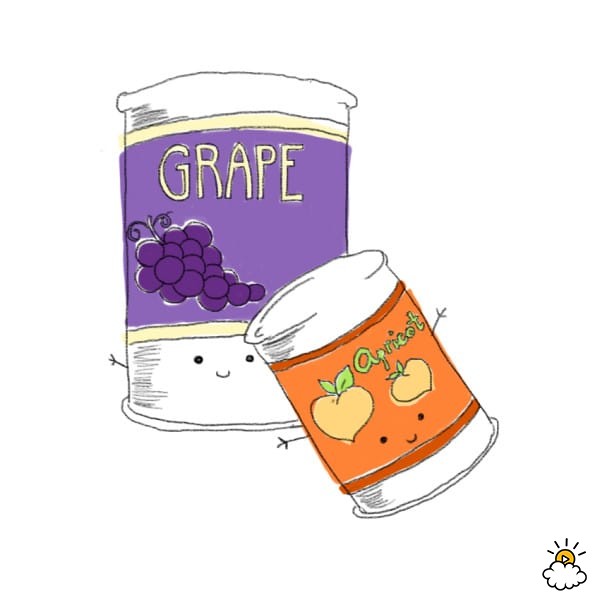
Canned juice, like the kind you drank in elementary school, is great for a survival kit.
It can provide the necessary fruit you need when you don’t have access to fresh fruit.
Survival Food #6: Whole Grain Cereal
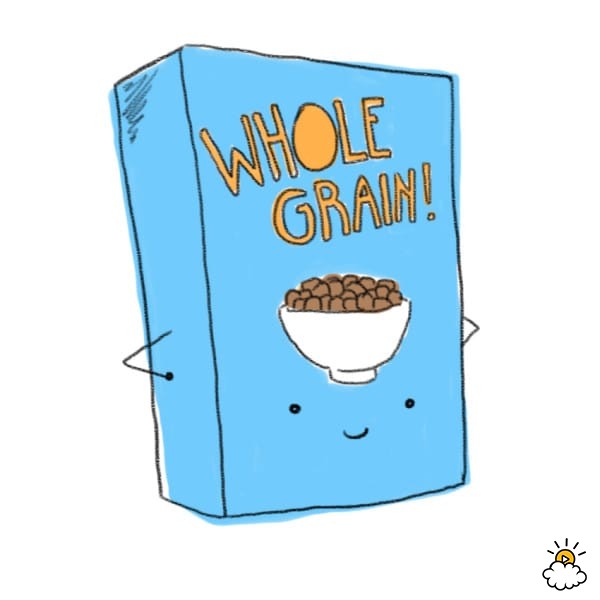
Like crackers, whole grain cereals have enough fiber to be filling but are also a great snack to munch on.
Try to find a cereal that has individually-packaged servings, that way it won’t get stale after you open it.
Survival Food #7: Vitamins
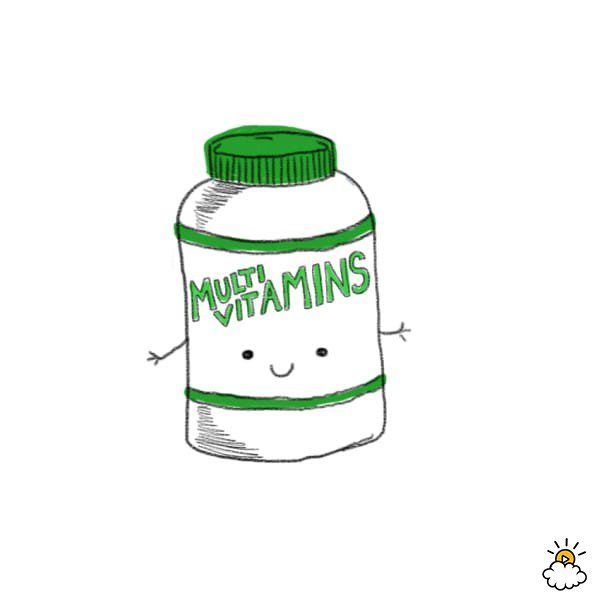
You never know how long you may be out of power or how long it might be before you have access to fresh food, so it’s important to put multivitamins in your emergency kit.
Multivitamin supplements can help replace nutrients you’re missing.
Survival Food #8: Baby Food And Formula
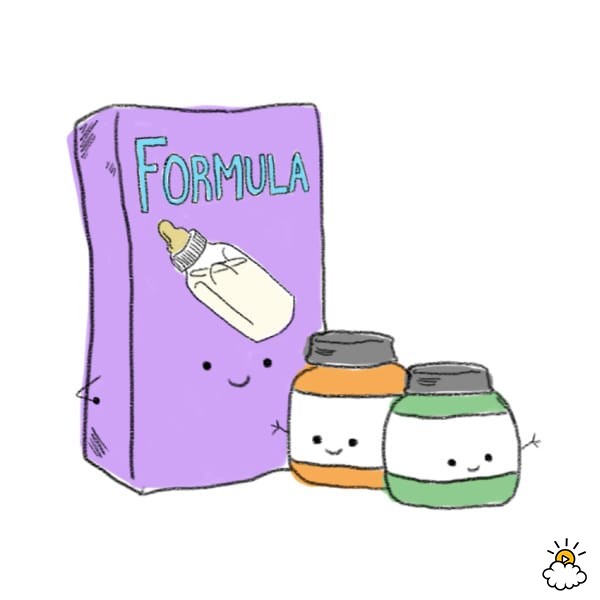
If you have an infant, it’s very important to keep baby food and/or formula on hand.
Ready.gov explains, “Use ready-to-feed formula, if possible, for formula-fed infants. If using ready-to-feed formula is not possible, it is best to use bottled water to prepare powdered or concentrated formula. If bottled water is not available, use boiled water. Use treated water to prepare formula only if you do not have bottled or boiled water. Breastfed infants should continue breastfeeding.”
No babies in the house? Adults can eat baby food for a quick boost too!
The average baby food jar contains 20 to 90 calories, so while it can’t provide a grown adult with tons of energy, it’ll provide enough sustenance to tie you over.
